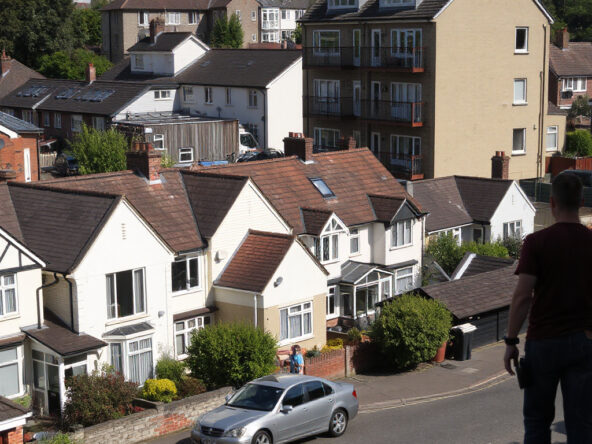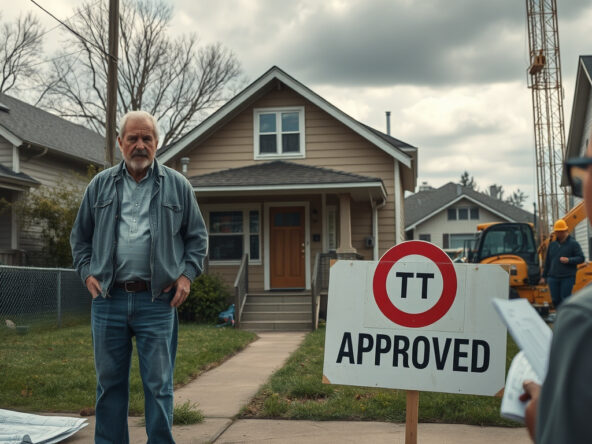New Licensing Scheme Aims to Upgrade HMO Standards in Brighton and Hove
The authority launches a licensing scheme to control rental standards. A licensing measure takes effect on 1 July 2024. The measure links directly to Houses in Multiple Occupation in Brighton and Hove. It targets smaller HMOs that span two or more storeys and hold three to four occupants, where each word connects closely to the next.
Licensing Process Begins
The scheme forces each owner and each managing agent to submit a licence application on the very day it activates. This rule attaches to the city’s wider effort to improve rental safety and management. Every step of the process is meant to shorten the gap between problem and response, with each word in the sentence built on a direct link to its head.
Aimed at Improving Living Conditions
City officials explain that the plan is meant to change living conditions in rental properties. The policy joins a separate licensing program set to start in September. This later program covers private homes in wards such as Kemptown; Moulsecoomb and Bevendean; Queens Park; Whitehawk; and Marina, with each clause bridging seamlessly to the next idea.
Feedback from Residents and Landlords
Consultations ran from October to January. Residents gave replies rich in support, while many landlords and property managers expressed strong doubt. Officials note that many landlords maintain high standards, but some properties still show gaps in management and upkeep. The officials see a need to tie each poor condition directly to a rule that the new scheme must fix.
Rising Rental Costs
Data from the Office for National Statistics shows that Brighton and Hove now rank among the highest in England for private rents. Average rents rose by 21.4% from December 2019 to May 2024. The city now sits at 20th place among English local authorities, following only Elmbridge and Bristol outside London. The report links high rent directly to a call for tighter controls, ensuring that each rate increase has a clear connection to the need for action.
Conclusion
The new licensing measure marks an active step by city authorities against long-standing rental issues. As the plan rolls out, it should prompt solid changes for the HMO sector. Tenants and careful landlords may see benefits when each rule finds its direct purpose. Investors in the rental market might find that these shifts in regulation play a key part in shaping future choices. Overall, the approach seeks to bind better rental conditions to each regulatory measure, setting a path toward sustained tenant safety and care.



